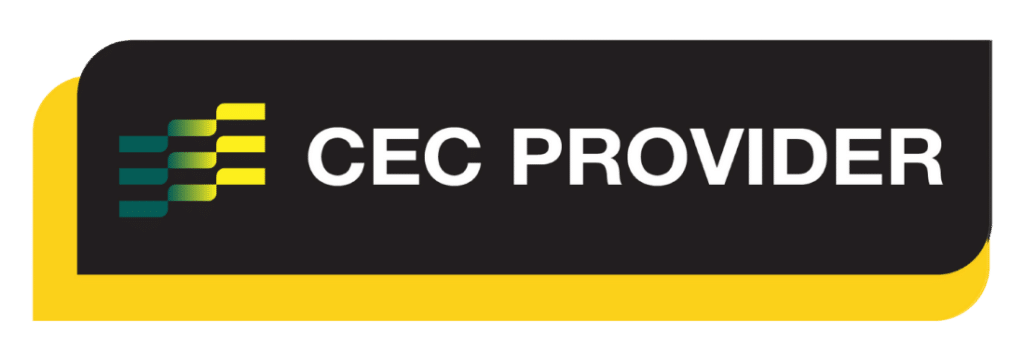Mat Repertoire
Abdominal Work:
Boomerang
Alternate Names
N/A
Derived From
Classical Mat Work: The Boomerang
Primary Element
Strength
Why for Primary?
To develop strength and control in thoracic flexion and the deep abdominal muscles transversus abdominis with the challenge of the higher lift of the torso and legs, as well as the reach of the legs overhead.
Secondary Element
Stability
Why for Secondary?
To develop control in the deep abdominal muscles transversus abdominis to create pelvis and torso stability.
Tertiary Element
N/A
Why Tertiary?
N/A
Repetitions
4-6
Plane of Motion
Sagittal
Targeted Muscles
For torso flexion, the targeted muscles are rectus abdominis or the ‘six-pack’ muscles at the front of the torso to overcome gravity and curl the torso forwards and upwards.
To create pelvis stability and balance the weight of the legs the targeted muscles are the deep abdominal muscles transversus abdominis.
To extend the legs and lift them up and forwards of the torso the hip flexor muscles are used including:
- Psoas
- Iliacus
- Rectus femoris
Warnings
This exercise may be unsuitable for clients where torso flexion or engagement of the abdominals is contraindicated, or where load into the shoulders is contraindicated or would create discomfort.
Execution
Sit tall on the Mat with the legs extended straight out, and arms reaching in line with the shoulders.
Exhale to tilt the pelvis back and roll the spine back, using the hands back in an A-frame position for stability. Inhale to pause, then exhale to float the legs as one unit up and off the Mat and allow the spine to roll back reaching the legs overhead. Inhale to start to roll the spine back down and exhale to lift the torso up into an Abdominal Work: Teaser position. Inhale to pause, then exhale to rock forward to land the legs onto the Mat and reach the arms wide before sitting tall to finish.
For the classical foot choreography start with left leg over right in the tall seated position, switch to right over left when the legs are up and overhead, then switch back to left over right when in the lifted Abdominal Work: Teaser position.
Observations
Do a body scan of the client taking note of the following points
- Head and Neck
- Is the back of the neck long and crease-free? A slight retraction of the neck with the chin tucked can help avoid straining the neck
- Pelvis
- Is the pelvis still throughout or is the torso rocking throughout the movement? If so, reduce the size of the circles
- Is the client able to keep a slight posterior pelvic tilt throughout, and avoid arching into their lumbar spine, particularly as the legs circle low?
- Arms
- Are the hands directly behind with the elbows soft? If elbows are locking bring the arms wider and around to the side
- Legs
- Are the legs even when they move to one side? Big toes lined up?
- Are the legs long and extended away throughout?
Learning Style Technique Cues
Auditory – word associations that connect mind and body
- The torso stays relatively still but the hips will likely move a little throughout the movement
- Anchor the arms down in an A-frame to help with stability
- Say the client’s name when you’re about to interact with them
Visual
- Imagine tracing the same side circle on each side, with the width of the circle the same as the lowest part (it’s not a U shape)
- You may demonstrate a part of the movement as a visual representation for the client to see, for example with the arms moving like the legs
Kinaesthetic
- Avoid creating a swing with the legs, control the movement evenly around in each direction
- Reconnect into the transversus abdominais when the legs are coming down through centre on the exhale like with Abdominal Work: Corkscrew
Modifications and Variations
Regress the exercise by
- Starting in the seated position and practising lifting the legs as one unit and lowering them back to the Mat
- Keep the hands in contact with the Mat the whole time and use them to assist you in working through the various positions
- Working on Back Extension: Double Leg Kick
- Working on Spinal Mobility: Rolling Like a Ball
- Working on Spinal Mobility: Open Leg Rocker
- Working on Abdominal Work: Teaser
- Reducing the pace
Progress the exercise by
- Increasing the pace and repetitions
- Adding ankle weights to the legs to increase the load
- Working towards Spinal Mobility: Seal and Spinal Mobility: Crab if working through the Classical order
Series and Transitions
This exercise is part of the Abdominal Work series which includes a range of other exercises in the fundamental and progressive repertoire. The Abdominal Work series can also be found in the Reformer and Cadillac repertoire.
The traditional order of the Abdominal Work series is
- Single Leg Stretch
- Double Leg Stretch
- Hamstring Pull or Single Straight Leg Stretch
- Double Leg Lower (not included in the Inspired Academy repertoire, however a similar exercise can be found in the Reformer Feet in Straps: Double Leg Lowers)
- Criss Cross
Inspired Academy follows the order to create stability and mobility before building strength.
Warm Up repertoire
Fundamental repertoire
Progressive repertoire

